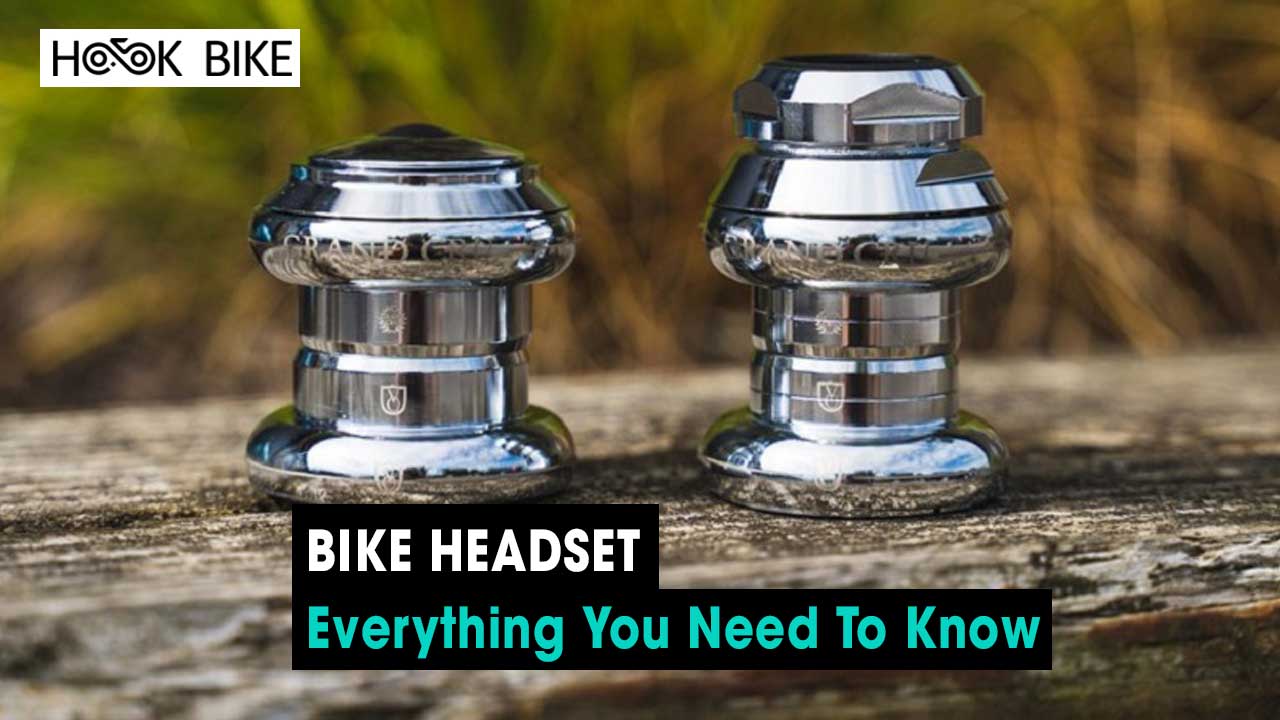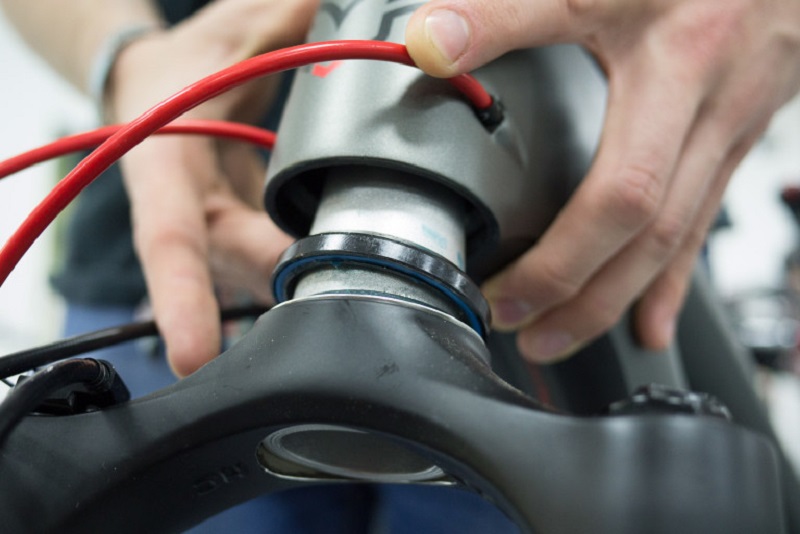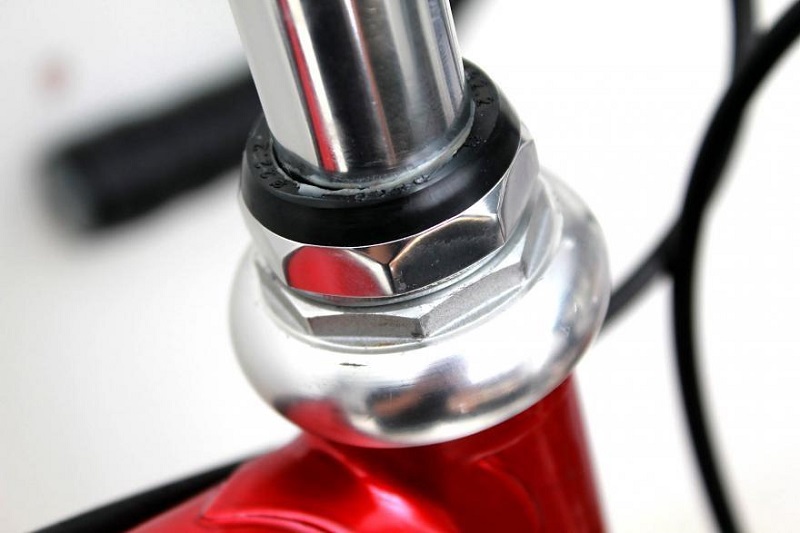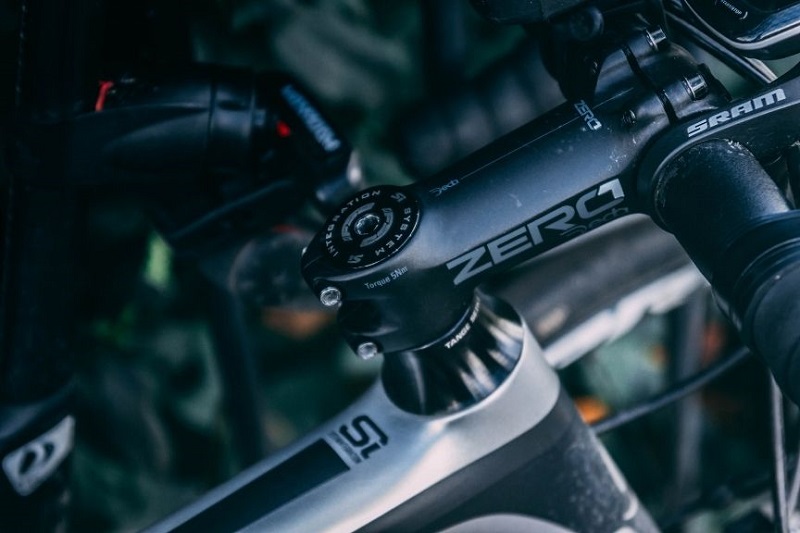Parts
Bike Headset Types: Everything You Need To Know
When it comes to cycling, the choice of equipment can make a significant difference in your overall experience. One crucial component that often goes overlooked but plays a pivotal role in the smooth functioning of your bike is the headset. If you’re looking to enhance your cycling knowledge, make informed decisions, and elevate your biking experience, this comprehensive guide on bike headset types of HookBike’s is for you.
Understanding the Basics of Bike Headsets
Understanding the basics of bike headsets is essential for any cyclist, as it helps ensure smooth steering, control, and overall safety while riding. A bike headset is a set of components that enable the handlebars to rotate and turn in relation to the bike’s frame. Here are the key components and concepts related to bike headsets:
Head Tube: The head tube is the front part of the bike’s frame where the headset is installed. It contains the bearings and races that allow the fork to rotate within the frame.
Fork: The fork is the part of the bike that holds the front wheel. It consists of a steerer tube, blades, and dropouts. The steerer tube extends up through the head tube and is connected to the handlebars via the stem.
Bearings: Bearings are the critical components that allow the fork to rotate smoothly within the head tube. They reduce friction and ensure that the handlebars can turn easily. Bearings are typically located in bearing cups or directly integrated into the frame in the case of integrated headsets.
Races: Races are the smooth, machined surfaces in which the bearings roll. There are upper and lower races in a headset, and they fit into corresponding cups that are pressed into the head tube.
Cups: Bearing cups are the metal or plastic rings that hold the upper and lower races in place within the head tube. The cups can be external (mounted outside the head tube) or integrated/zero stack (pressed directly into the frame).
Stack Height: Stack height refers to the combined height of all headset components above the head tube. A lower stack height can contribute to a lower handlebar height, which may be preferred by some cyclists for aerodynamics or aesthetics.
Stem: The stem is the component that connects the handlebars to the steerer tube. It clamps onto the steerer tube and typically has bolts for adjustment. The length and angle of the stem can impact the bike’s handling and rider position.
Compression System: In threadless headsets, a compression system is used to preload the headset bearings and hold the headset components together. This system often involves a cap or top cap and a bolt that tightens down onto the stem and steerer tube.
Headset Type: There are various types of headsets, including threaded, threadless, integrated, zero stack, tapered, and more. The type of headset your bike uses depends on the frame design, steerer tube diameter, and intended use.
Proper headset installation and maintenance are vital for bike safety and performance. If you’re unsure about the type of headset your bike uses or how to maintain it, it’s a good idea to consult with a bike shop or a professional mechanic.

Popular Bike Headset Types
Bike headsets are essential components that allow the handlebars to rotate smoothly in relation to the bike’s frame. They come in various types, and the choice of headset depends on the type of bike, riding style, and personal preferences. Here are some popular bike headset types:
Threaded vs. Threadless Headsets
The first critical differentiation in bike headsets is between threaded and threadless headsets. Let’s explore each type in detail.
Threaded Headsets: Traditional Elegance
Threaded headsets are the older, more traditional style of headsets. They are commonly found on vintage and classic bikes. They consist of a threaded steerer tube that extends above the frame’s head tube. The fork is then secured to the frame using a threaded headset locknut.
The advantages of threaded headsets are their durability and simplicity. They are easy to maintain and repair. However, they are gradually becoming less popular due to their weight and the difficulty in making adjustments.
Threadless Headsets: Modern Efficiency
Threadless headsets, on the other hand, are the more modern and widely used variety. They offer several advantages over threaded headsets.
In a threadless headset, the steerer tube extends through the head tube and is clamped in place with a stem. This design provides a more efficient and lightweight setup, making it popular in the cycling world. Threadless headsets are also known for their adjustability, allowing riders to fine-tune their handlebar height and achieve a more comfortable riding position.

Integrated vs. External Headsets
Another aspect of bike headset types is whether they are integrated or external. Let’s break down these two categories:
Integrated Headsets: Sleek and Streamlined
Integrated headsets are designed to be seamless and almost invisible when looking at the bike from the front. They are favored for their aesthetic appeal and the clean lines they provide. These headsets are built directly into the frame, creating a smooth transition between the head tube and the fork.
Integrated headsets are commonly found on road bikes and high-end mountain bikes. They are known for their stability and responsiveness, which are critical for precise steering and control.
External Headsets: Durability and Simplicity
External headsets, as the name suggests, are visible on the exterior of the head tube. They are more prevalent on older or budget-friendly bikes. While they may not offer the same sleek appearance as integrated headsets, they are known for their durability and ease of maintenance.
External headsets are generally less expensive to replace and repair. They are suitable for riders who prioritize functionality and cost-efficiency over aesthetics.
Tapered and Straight Steerer Tubes
In the world of bike headsets, the shape of the steerer tube also plays a significant role. The two primary options are tapered and straight steerer tubes.
Tapered Steerer Tubes: Enhanced Stiffness
Tapered steerer tubes are becoming increasingly popular, especially in the mountain biking realm. They feature a larger diameter at the bottom, where the crown race sits, and a narrower diameter at the top, where the stem clamps onto the tube.
The tapering design provides enhanced stiffness and control, making tapered steerer tubes an excellent choice for riders tackling rough terrain and demanding trails.
Straight Steerer Tubes: Classic Simplicity
Straight steerer tubes have a consistent diameter from top to bottom. They are often found on older bikes or those designed for road cycling. While they may lack the stiffness of tapered tubes, they are valued for their simplicity and ease of maintenance.
Straight steerer tubes can still offer a smooth and enjoyable riding experience, making them a suitable choice for many cyclists.
Sealed Cartridge Bearings vs. Loose Ball Bearings
The type of bearings used in your bike headset is a crucial factor that affects its performance and longevity. Two primary options are sealed cartridge bearings and loose ball bearings.
Sealed Cartridge Bearings: Low Maintenance
Sealed cartridge bearings are pre-lubricated and encased in a sealed unit, providing protection against dirt, moisture, and debris. They are known for their low maintenance requirements, making them a popular choice among many cyclists.
These bearings offer smooth operation and are highly durable, ensuring that your headset functions optimally for an extended period.
Loose Ball Bearings: Classic Approach
Loose ball bearings, on the other hand, are individual balls that are inserted into a bearing race. While they require more maintenance and care, they have their own set of advantages.
Many vintage and classic bikes still use loose ball bearings, and some riders prefer the tactile feel of these bearings. Properly maintained loose ball bearings can provide a classic and reliable riding experience.

The type of headset you need depends on your bike’s specifications and the type of riding you do. It’s essential to ensure compatibility and consider factors like frame design, steerer tube diameter, and intended use when choosing a headset for your bike.
Choosing the Right Bike Headset for Your Needs
Now that we’ve explored the various bike headset types and their features, how do you go about choosing the right one for your specific needs? Here are some factors to consider:
Riding Style: Your riding style and preferences play a significant role in selecting the right headset. For example, if you’re into aggressive mountain biking, a tapered steerer tube and integrated headset might be ideal for stability and control.
Budget: Your budget is also a crucial factor. Threadless headsets and integrated headsets are often pricier than their threaded and external counterparts. Consider what you can afford without compromising safety and performance.
Maintenance: How much maintenance are you willing to perform? Sealed cartridge bearings are low maintenance, making them a good choice for riders who prefer a hassle-free experience. If you enjoy working on your bike and don’t mind regular maintenance, loose ball bearings may be suitable.
Aesthetics: While not a performance factor, aesthetics matter to many riders. Integrated headsets offer a sleek look, while external headsets are more traditional. Choose the one that aligns with your style preferences.
Bike Compatibility: Ensure that the headset you choose is compatible with your bike’s frame and fork. Check the specifications and seek expert advice if necessary.

Maintaining Your Bike Headset
Regardless of the type of headset you choose, proper maintenance is essential to ensure longevity and optimal performance. Here are some tips for maintaining your bike headset:
Regular Inspection: Periodically inspect your headset for any signs of wear, including loose parts, worn bearings, or rust. Catching issues early can prevent more significant problems down the road.
Cleaning: Clean your headset components regularly to remove dirt and debris that can lead to premature wear. Use a mild degreaser and a soft brush to clean the bearings and bearing races.
Lubrication: Ensure that your headset bearings are adequately lubricated to reduce friction and maintain smooth operation. Use a high-quality bicycle-specific grease for this purpose.
Tightening: Check the tightness of headset components, including the top cap, stem bolts, and headset preload, to maintain proper adjustment. Over time, these parts may need adjustment to prevent play or stiffness in the steering.
Professional Service: If you’re unsure about headset maintenance or experience any issues, consider taking your bike to a professional mechanic for a thorough inspection and service.

In Conclusion
Your bike’s headset is a critical component that directly affects your riding experience. By understanding the various bike headset types and their features, you can make an informed decision when selecting the right one for your needs.
Remember that the choice of headset should align with your riding style, budget, maintenance preferences, and bike compatibility. Regular maintenance and care will ensure that your headset continues to provide a smooth and enjoyable ride for years to come.
So, whether you’re a road cyclist seeking the elegance of an integrated headset or a mountain biker looking for the enhanced stiffness of a tapered steerer tube, the world of bike headsets has something for everyone. Choose wisely, maintain diligently, and enjoy the ride.

